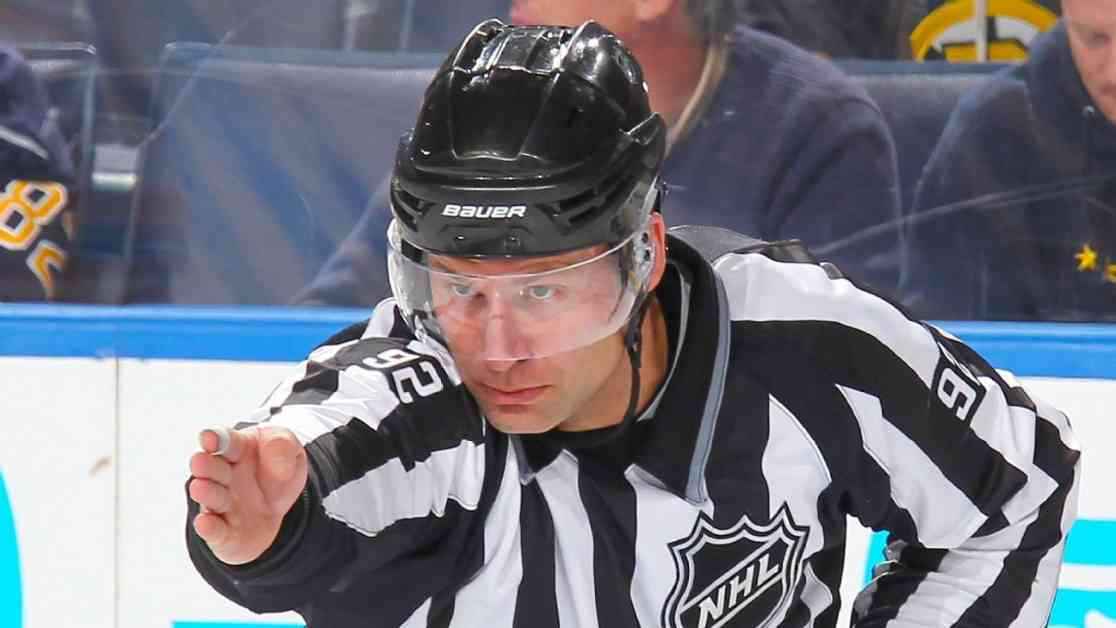The NHL’s annual GM meetings in West Palm Beach, Florida, offered a rare glimpse into the behind-the-scenes process of how on-ice calls are reviewed and potentially overturned. As the 32 team executives gathered at Eau Palm Beach, a panel of league hockey ops members shed light on their decision-making process when faced with coach’s challenges for goalie interference or offside calls. This year’s meeting aimed to provide clarity and transparency to the league’s general managers, seeking their feedback on various calls throughout the season.
Stephen Wolkom, the NHL’s senior vice president and director of officiating, shared insights into the communication process between referees on the ice and the league officials in the Situation Room. By asking referees to identify any discrepancies between the live action and the overhead view on the iPads, the league aims to make informed decisions based on all available information. This approach ensures a thorough examination of each challenge, leading to more accurate outcomes.
The focus of the meeting was on dissecting goaltender interference calls, a contentious issue that has led to an increase in coach’s challenges this season. Colin Campbell, executive vice president and director of hockey operations, pointed out that while some challenges may seem frivolous, the league is committed to upholding the integrity of the game. With goal scoring being a priority, striking a balance between protecting goalies and allowing players to compete fairly remains a challenge for the NHL.
Rod Pasma, vice president of hockey operations, highlighted the complexity of determining the legality of contact in front of the net. Goalies are promised protection within the crease, but players must also be given the opportunity to score without hindrance. The league’s officials grapple with these nuanced decisions, weighing the impact of each challenge on the game’s outcome. Referees play a crucial role in communicating their observations to the league’s decision-makers, ensuring a collaborative and thorough review process.
In addition to goalie interference challenges, the meeting also delved into offside reviews and missed game stoppages for hand passes and high-tipping pucks. By emphasizing the importance of consistency in their calls, the league aims to maintain fairness and impartiality in every game. Colin Campbell reiterated the significance of the initial call on the ice, underscoring the league’s commitment to preserving the integrity of the game without unduly influencing the outcome.
As goaltending supervisor Kay Whitmore noted, the delicate balance between protecting goalies and allowing for fair competition is a constant challenge for the league. Referees must navigate this fine line with precision, considering the implications of each decision on the game’s flow and integrity. By fostering open communication and collaboration between on-ice officials and league executives, the NHL strives to uphold the highest standards of fairness and accuracy in its review process.
Overall, the annual GM meetings provided a forum for league officials and team executives to engage in a constructive dialogue about the challenges and complexities of reviewing on-ice calls. By sharing insights, soliciting feedback, and emphasizing consistency, the NHL aims to enhance the transparency and integrity of its decision-making process. As the league continues to evolve and adapt to new technologies and rules, maintaining open communication and collaboration will be paramount in ensuring a fair and competitive playing field for all teams and players alike.


















